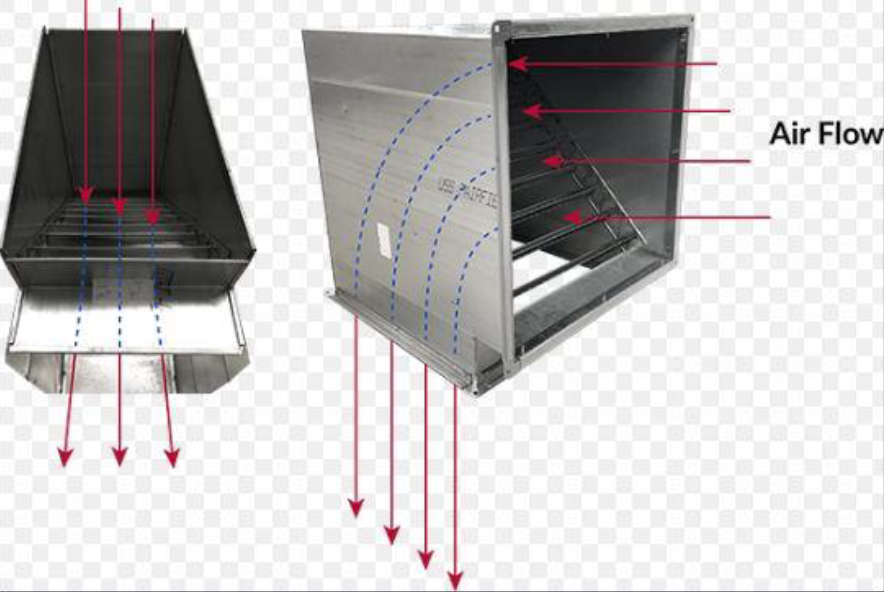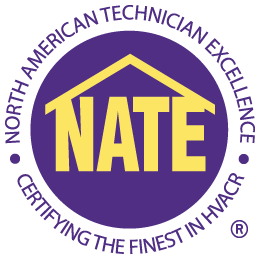What About Ductwork?
Out of sight and out of mind is a fair thing to say about the Ductwork (arteries and veins) that controls the comfort levels of each room of your home.
Under the house in your dark sometimes musty crawl space or up in the attic in the extreme hot or cold conditions, your HVAC ductwork is there to provide clean, conditioned air and have that air evenly distributed throughout your homes living space.
Ductwork has a big responsibility and yet very often homeowners and even the seasoned HVAC professionals can overlook the importance of inspecting this component. There are two basic types of materials used to construct ductwork, and there are different levels of efficiency and quality to consider when testing, cleaning, installing new. Often minor upgrading can be done to increase the efficiency and effectiveness of existing ductwork, and our trained Certified Technicians can offer information to help you make an educated decision.
Many times we can add additional sealant, and a return air duct to the system to operate to current efficiency standards.

Fiberglass
A very common type of duct that comes in various efficiency ratings such as R4, R6, and R8. Those ratings basically mean that the thickness of the board ranges from 1”, 1.5” and 2”. The higher the R-Value, the less energy loss from your ductwork. Better contractors will install the R8 ductwork so you can have the best efficiencies. Some duct board has a coating on the inside to help reduce microbial growth, but many of the older systems (12+ years old) installed with duct board are not treated. Surface dirt can be cleaned professionally but any deep growth or other issues cannot my suggestion is not to waste time or money trying to clean duct board ductwork that has extensive dirt issues. To protect your air safety and quality, I suggest that you replace any ductwork that can’t be thoroughly cleaned. Fiberglass ductwork has a general life expectancy of approximately fifteen years, and the quality of the air in your home can be affected.

Metal
Although Less common, metal duct systems are a premium product if the proper thickness, installation, and sealing are done. Most metal in the residential installation has an insulation wrap that varies from R4, R6, and R8. Using the highest rated insulation to wrap the metal duct should be used, and connection needs to have the proper sealant applied that will last and provide you with the cleanest air.

Flex Ducts
Ducts that typically attached to the main trunk (arteries) and disperse the air to the individual rooms are known as the flex supply or return ducts (veins). These ducts are made from a plastic sleeve that has a metal wire that coils around and is covered with insulation. The outer section is plastic (standard option), or the premium type has a metalized foil cover (premium option). These flex ducts come in different insulation values of R4, R6, and R8. Flex duct life expectancy is fifteen years.

Duct Cleaning – Duct Sealing – Duct Testing
Having your ducts cleaned every five years is a good idea, especially if you have pets inside your home or your family has allergy concerns. Cleaning metal ductwork gives you the best results. Having your duct system tested first will provide you with a complete analysis of the efficiency and tightness and will tell if you if it is necessary to have the duct system cleaned etc.
Any duct system over fifteen years old should be tested and adjusted to upgrade to the latest available efficiencies and safety. https://www.comfortplusservices.com/duct-cleaning/
Your furnace or heat pump is the heart of the system, and the ductwork is the arteries and veins. Keeping the entire system healthy will provide you and your family with efficient comfort year-round.

Turning Vanes
Efficiency and comfort are the two reasons that the premium HVAC companies like CPS use this added feature when installing new furnaces or heat pumps.
https://www.conklinmetal.com/our-products/duct-fab-supplies/turning-vane-and-rail/
The airflow is directed properly through having small louvers of metal installed in the ducts. There is a lot of engineering involved with this premium feature, and it is best to talk with one of our Trained Trusted Sources for HVAC at Comfort Plus Services for further information.
Leave a Reply







